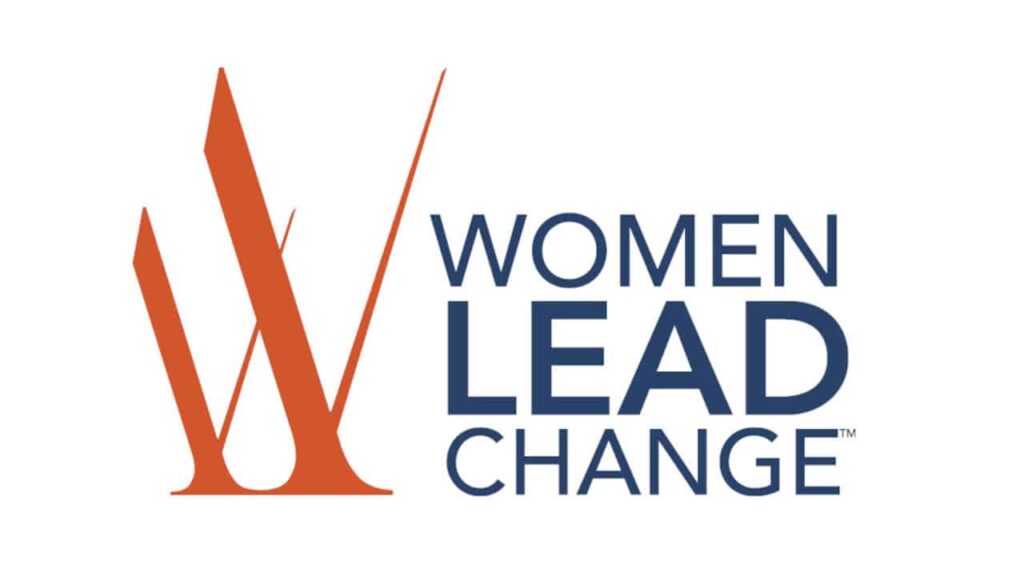COVID-19 nanovaccine research team from UI, ISU to receive $2M in CARES Act funding

KATE HAYDEN Nov 2, 2020 | 9:53 pm
2 min read time
477 wordsAll Latest News, Health and Wellness, Innovation and EntrepreneurshipKathleen Ross, right, core facility manager, instructs Ben Schlichtmann, a chemical engineering graduate student, left, as postdoctoral scholar Sean Kelly opens an incubator inside a research laboratory at the Nanovaccine Institute inside Iowa State University’s Advanced Teaching and Research Building. Photo by Christopher Gannon/Iowa State University
An Iowa team researching nanovaccines for the coronavirus pandemic received $2 million in CARES Act funding to develop what researchers call the next generation of vaccination against the COVID-19 pathogen.
The Nanovaccine Institute, based at Iowa State University, developed from a collaboration between ISU and the University of Iowa eight years ago researching a nanovaccine model against the seasonal flu. Today the COVID-19 nanovaccine effort is led by five researchers: Balaji Narasimhan and Michael Wannemuehler of ISU, and Kevin Legge, Stanley Perlman and Thomas Waldschmidt of UI.
Previous vaccine research suggests that a future COVID-19 vaccine will need to be regularly taken each year, said Narasimhan, director of the Nanovaccine Institute.
“This is going to be a vaccine that we’re going to need every year just like the flu shot,” Narasimhan said. “Wherever there are outbreaks, we’ll need to vaccinate as well. This pathogen is not going to just die away completely.”
Said Legge, director of the Pathology Research Flow Cytometry Core at the UI Carver College of Medicine: “There are studies that suggest that people [who] have been affected, their antibody responses are starting to wane over time, which suggests that at least for naturally acquired immunity, it may wane.”
Nanovaccines use synthetic, degradable polymer nanoparticles that are about the size of a red blood cell to deliver proteins associated with the target pathogen, as well as particles that boost the body’s immune response fighting the pathogen. Nanovaccines can create a very localized response in the body, delivering directly to the site of infection, unlike traditional antibody response therapies, which deliver more broadly.
Nanovaccines can also be delivered needle-free, by an inhaling device.
“You don’t need a medical professional to administer it, so that’s a big advantage,” Narasimhan said. “The second advantage is the fact that these nanoparticles can be stable at room temperature for long periods of time. That kind of shelf-life stability at room temperature, we think is a potential game changer.”
A nanovaccine that remains stable at room temperature would allow local pharmacies and distributors without deep freezers to store vaccines. At the same time research is beginning the preclinical model of the nanovaccine, the team is developing packaging of the eventual delivery inhaler device.
“These first-generation vaccines that we’re all hopefully going to get sometime in the next several months are really important,” Narasimhan said. “Right now we’re lying on the ground, and these vaccines will at least get us sitting up. To get us to walk and to fly, we will need second-, third-generation vaccines, and that’s where some of the work that we’re doing would come in.”











